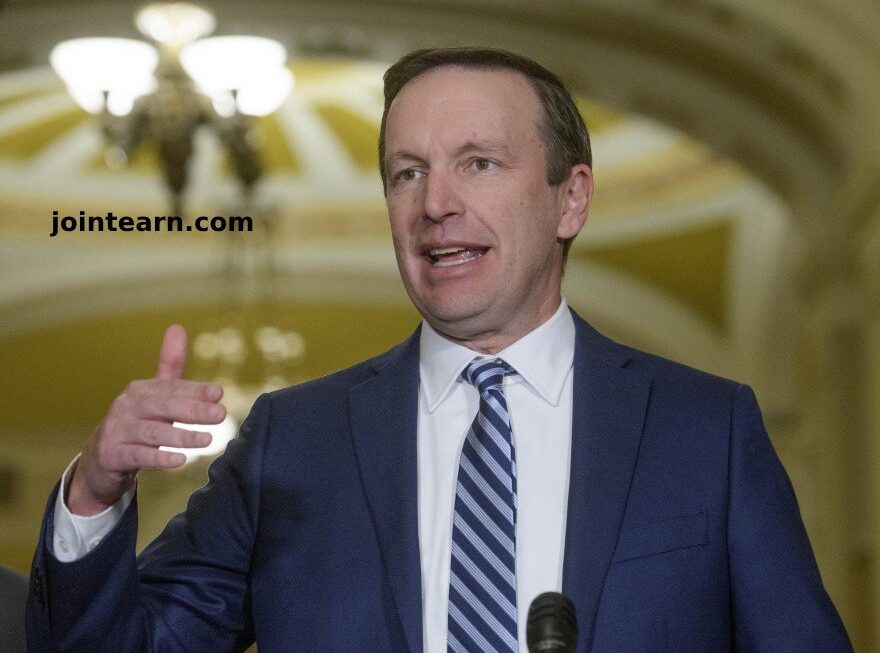President Donald Trump’s tariffs were expected to strengthen the U.S. dollar, but the reality has been the opposite. On April 3, 2025, stocks across the U.S., Europe, and Asia experienced a significant drop after Trump introduced a series of “Liberation Day” tariffs. The surprise came when the U.S. dollar, which many expected to rise, instead plunged against major global currencies.
The Unexpected Drop in the U.S. Dollar
The Wall Street Journal Dollar Index, which tracks the value of the U.S. dollar against a basket of other currencies, has now fallen more than 5.9% this year, dipping below its level from November 5, 2024, when the dollar surged after Trump’s election.
Many investors had predicted that Trump’s protectionist policies would reduce the U.S. trade deficit by limiting imports, leading to less demand for foreign currency. Additionally, they believed that U.S. economic growth would outpace the eurozone, which traditionally strengthens the dollar. However, currency speculators have started betting heavily against the greenback, as shown in Commodity Futures Trading Commission data.
Why Did the Dollar Weaken After Trump’s Tariffs?
The weakening of the U.S. dollar defies the typical trend. In times of economic turmoil, the dollar usually strengthens as investors flock to it as a safe haven. This phenomenon is known as the “dollar smile” theory. So, what went wrong?
Some investors suggest that the U.S. dollar may have been too expensive, even after adjusting for inflation. Others argue that aggressive U.S. policies against trade allies are eroding the dollar’s status as the world’s reserve currency.
This strategy was emphasized by Trump’s chief economic adviser, Stephen Miran, in 2024, who argued that penalizing foreign central banks for holding U.S. assets could address the trade deficit. The idea was that overvaluation of the dollar imposes an “exorbitant burden” on the American economy. However, there is little empirical evidence supporting this, as higher foreign purchases of U.S. assets often coincide with a weaker dollar.
Is Confidence in U.S. Economic Potential Declining?
A more plausible explanation for the dollar’s fall is a shift in investor confidence regarding the long-term growth prospects of the U.S. economy. Currency traders often follow bond-yield differentials in the short term, but long-term trends are typically tied to economic growth, productivity, and profitability.
Historically, U.S. stock market growth—driven largely by tech giants like Silicon Valley—has been a key driver of dollar strength. However, with increased protectionism and growing challenges from countries like China, the U.S. dollar’s dominance is being questioned. Markets may now be anticipating a shift in economic power, with Europe seeing a potential economic revival, while U.S. growth faces obstacles.
China’s Rise and the Changing Global Economy
China’s rapid economic expansion has challenged traditional free trade models. As a result, the U.S. may need to promote its own key industries to stay competitive. For instance, outsourcing has harmed workers and led to fragile supply chains. Companies like Intel and Boeing have struggled to maintain innovation while offshoring production. Trump’s tariffs are an attempt to reverse this trend, but they’ve been unpredictable and lack a clear economic strategy.
Trump’s tariffs, such as those imposed on China and other trade partners, are not based on clear economic calculations. Instead of encouraging businesses to reshore production, they may actually deter investment by introducing uncertainty into the market. This strategy risks repeating the mistakes of Latin America’s “import substitution” policies from the mid-20th century.
The U.S. Automotive Industry and the Impact of Tariffs
One example of this is the U.S. automotive industry. While reshoring assembly jobs from Mexico may benefit General Motors and Ford, imposing tariffs on auto parts—like wiring harnesses and textiles—could lead to inefficiency in the U.S. car industry. This would hurt the competitiveness of U.S. automakers, especially as foreign companies like Toyota and Hyundai dominate the budget car segment.
Furthermore, retaliatory tariffs from other countries could undermine the profitability of U.S. carmakers. This mirrors the experience of Brazil and Argentina, where protectionist policies shielded local companies from competition, ultimately harming innovation.
The Importance of Competitiveness in Dollar Valuation
Focusing too much on trade deficits neglects the broader picture of U.S. competitiveness in global markets. The strength of the dollar is deeply tied to the profitability and global competitiveness of American exports, especially in technology and services. As this competitive edge comes into question, the future value of the dollar remains uncertain.
Key Takeaways:
- Trump’s tariffs were expected to strengthen the U.S. dollar but instead caused it to weaken.
- Investor expectations, economic protectionism, and changing global dynamics are reshaping the dollar’s role.
- Long-term economic confidence in the U.S. is a significant factor in determining the dollar’s value.
- Tariff policies risk repeating historical mistakes of protectionism and inefficiency, especially in industries like automotive.












